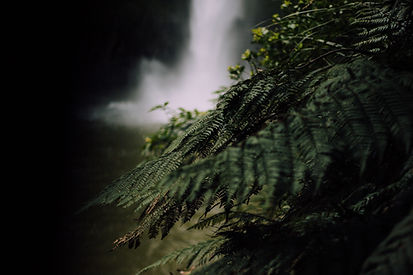

TIKANGA
NGA TIKANGA E PA ANA KI NGA MARAE
O TE URI O HAU
The information is extracted from 'Nga tikanga e pa ana ki nga marae o Te Uri o Hau' - a publication derived from previous drafts (5 April 2003/3 July 2003) developed by the late Tom Parore for Te Runanga o Ngati Whatua.
Kaumatua and Kuia of Te Uri o Hau approved to adopt this s a final version on 7 June 2012.
Introduction
These notes are to do with the tikanga of marae, that is the protocols or guiding principles that govern the rituals of encounter in marae situations. It is based on experience and observation of practices in Ngati Whatua and Tai Tokerau generally, and including a study of written material relating to the North. The main basis of the study is in the Ngati Whatua rohe and it does not presume to represent the views of all Iwi or marae in the North.
Purpose
The purpose of the study is to identify and compare the practices at different marae and where there are any significant differences to try to identify the reason for such differences.
Principles
Some principles adopted in this analysis:
-
It is the prerogative of marae to follow the principles they were taught from kaumatua and kuia before them.
-
It is not a matter of being right or wrong; it is a matter of understanding the different practices and trying to apply them consistently.
-
Being consistent in the practices at particular marae and takiwa would help with better understanding and help with confusion and uncertaintly.
From observations and experience of marae situations in the Te Uri o Hau rohe, there is clearly general agreement as to the protocols appropriate in most circumstances. However, there are differences in some situations and this paper provides and analysis to help identify the reasons behind such differences.
The areas covered in this paper are:
-
Hui tangihanga
-
Powhiri to manuhiri on the marae atea
-
General hui within the wharenui

HUI TANGIHANGA
General Statement
In the Ngati Whatua rohe and the North, these hui are almost always held inside the wharenui. Occasionally, the deceased may be brought out to the mahau (verandah) of the wharenui.
Process: at the beginning of the hui
-
Manuhiri (visitors) assemble at the entrance to the marae
-
Karanga (welcoming calls) from the hunga kainga (home people)
-
Response from manuhiri as they move onto the marae atea and into the wharenui, leaving their shoes near the entrance
-
Manuhiri proceed to pay their respects to, and hongi, the deceased person
-
Manuhiri proceed to hongi the whanau pani, going first to the left of the casket and then to the right, and continue around the whare
-
Manuhiri take their seats, generally across from the taumata kaumatua.
-
Karakia from local minister of kaumatua.
-
Mihi - speeches of welcome from the hunga kainga, supported by waiata.
-
Reply to speeches by manuhiri, supported by waiata.
-
At the end of the speeches, manuhiri having already been to hongi the hunga kainga, are now invited to go for a cup of tea.
Process for subsequent arrivals at the hui: This is basically the same as at the beginning.
Kaupapa: The kaupapa (procedures) for the hui are generally discussed on the first night of the hui.
Closing of the casket: This is generally decided during the po whakamutunga (final night of the hui) and the closure may take place whether early in the morning or during the church service at the marae.
Process at the urupa (burial place): The process starts with the assembly of the whanau and casket bearers at the entrance to the urupa followed by karanga, karakia and himene as the burial takes place, and mihi to the various whanau before their return to the marae.
Process on return to the marae: This commences with karanga to the whanau pani, followed by karakia, mihi and hariru to the whanau. The process is completed by having a meal together.
Comment: The process for hui tangihanga, as described above, is pretty well standard throughout the Ngati Whatua rohe.
Unveilings: Hura kohatu: The whanau generally meet at the marae the night before where after the general karakia and mihi, the unveiling cloth and photo of the deceased can receive a blessing.
The processes on the day are generally as follows:
(a) Process at the urupa (burial place)
-
In the early morning, the unveiling cloth is put on the headstone at the urupa.
-
On arrival of the whanau at the urupa, process is similar to that in process at the urupa: assembly, karanga, karakia, unveiling (removal of the cloth from the headstone) by the whanau and the reading of the inscription. This is followed by mihimihi and the physical touching of the headstone by each participant before returning to the marae.

